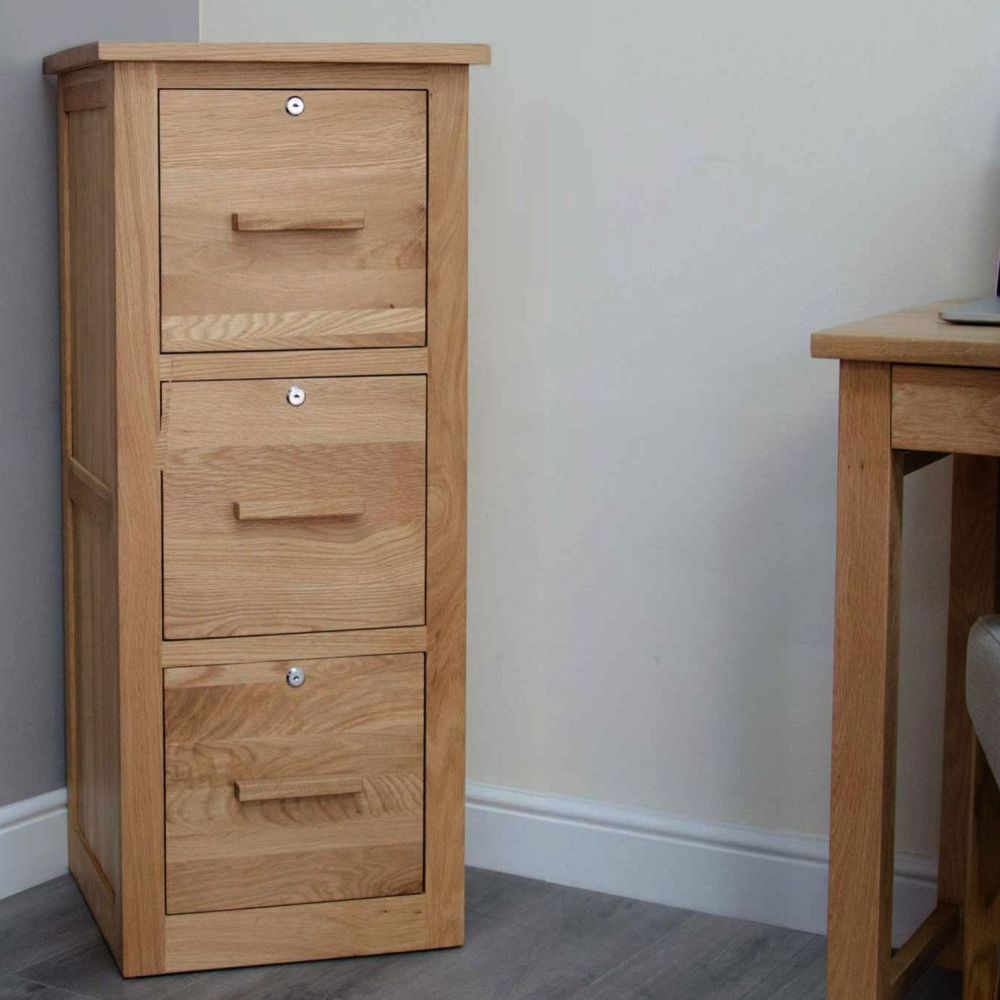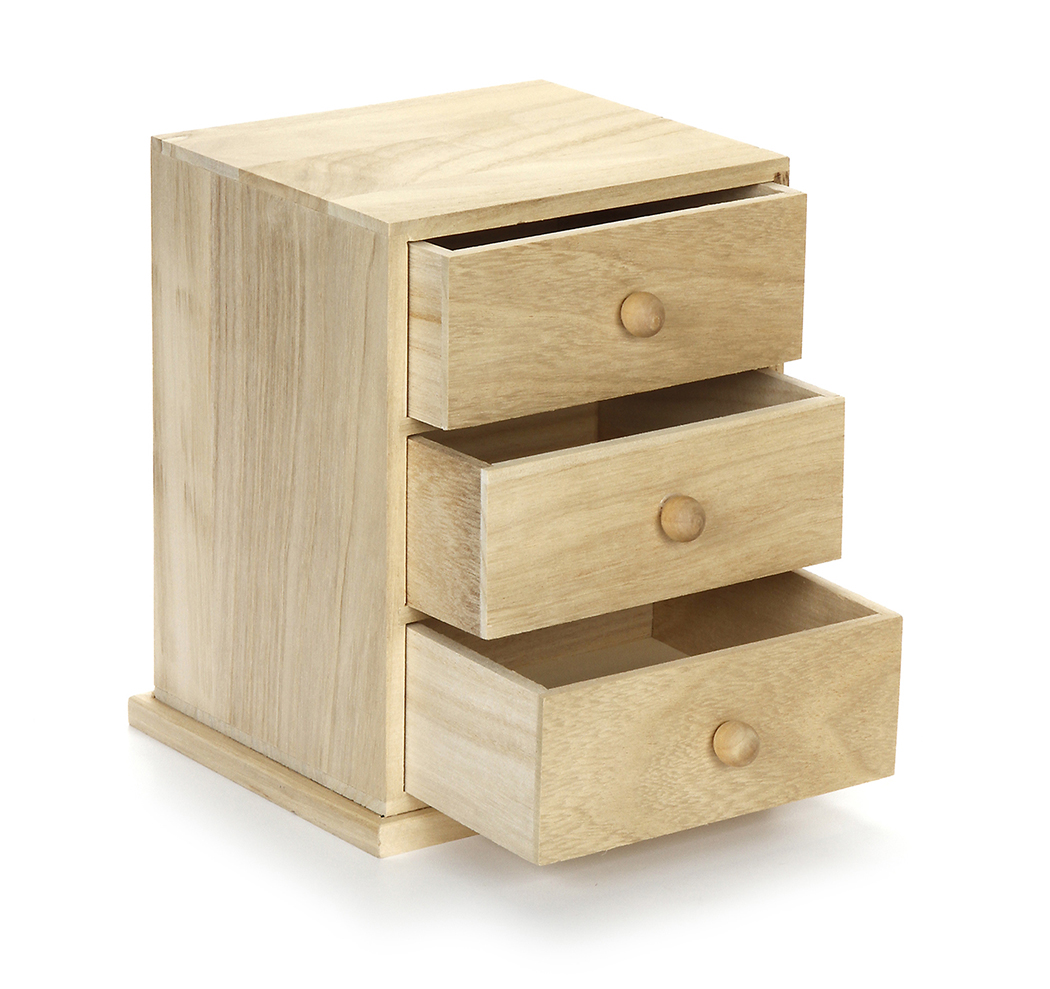The History and Significance of Three-Handed Wood Cabinets

Three-handed wood cabinets, also known as “tri-manual” or “triple-manual” cabinets, are a fascinating and often overlooked aspect of woodworking history. While the concept of a cabinet with three separate doors or compartments is not unique, the specific term “three-handed” generally refers to cabinets designed for musical instruments, particularly organs and harpsichords. These cabinets, with their intricate craftsmanship and symbolic significance, provide a glimpse into the evolution of musical instruments and the cultural values of different eras.
Origins and Evolution of Three-Handed Cabinets
The earliest known examples of three-handed cabinets can be traced back to the Renaissance period, where they were primarily used for housing organs. These early cabinets were often quite elaborate, featuring intricate carvings, inlaid wood, and ornate metalwork. The three compartments were typically designed to accommodate different sections of the organ, such as the positive, the great organ, and the pedalboard. As organ design evolved, so too did the three-handed cabinets. In the Baroque era, for example, the development of larger and more complex organs led to the creation of even more elaborate cabinets. These cabinets often featured multiple tiers, elaborate ornamentation, and a variety of decorative elements.
Notable Examples of Three-Handed Cabinets
Throughout history, numerous three-handed cabinets have been created, each showcasing the unique craftsmanship and artistic vision of its time. Here are some notable examples:
- The Silbermann Organ in Strasbourg Cathedral (1741): This organ, built by the renowned organ builder Andreas Silbermann, features a three-handed cabinet with a distinctive rococo design. The cabinet is adorned with intricate carvings, gilded moldings, and a painted ceiling.
- The “Father Willis” Organ in the Royal Albert Hall (1871): This massive organ, built by the English organ builder Henry Willis, features a three-handed cabinet that is a masterpiece of Victorian craftsmanship. The cabinet is made of oak and features elaborate carvings, stained glass windows, and a vaulted ceiling.
- The “Father” Schnitger Organ in the Jacobikirche, Lübeck (1693): This organ, built by the Dutch organ builder Arp Schnitger, features a three-handed cabinet that is a prime example of Baroque organ design. The cabinet is made of oak and features a simple but elegant design with a prominent central tower.
The Cultural Significance of Three-Handed Cabinets
Three-handed cabinets were not simply functional objects; they also served as important symbols of status, wealth, and cultural prestige. In many societies, the possession of a three-handed cabinet was a sign of wealth and sophistication. The intricate craftsmanship and elaborate ornamentation of these cabinets were seen as a testament to the owner’s taste and refinement. Three-handed cabinets were also often used in religious contexts, where they served as a symbol of the power and majesty of God. For example, many churches in Europe featured large, elaborate organs housed in three-handed cabinets. These cabinets were often placed in prominent locations within the church, serving as a focal point for worship and devotion.
The Design and Construction of Three-Handed Wood Cabinets

Three-handed wood cabinets are unique pieces of furniture characterized by their distinctive design and construction. These cabinets are distinguished by their intricate craftsmanship and the use of specialized techniques that create durable and visually appealing pieces. This section delves into the design and construction methods employed in creating three-handed wood cabinets.
Unique Design Features of Three-Handed Cabinets
Three-handed wood cabinets are named for their three-sided construction, a feature that distinguishes them from traditional cabinets. The design involves creating a cabinet with three sides, typically a front, a back, and one side, with the other side left open. This open side allows for easy access to the cabinet’s contents. The three-sided construction allows for a unique aesthetic appeal and provides a more open and airy feel compared to traditional cabinets.
Materials and Techniques Used in Constructing Three-Handed Cabinets, Three hands wood cabinet
The materials used in constructing three-handed wood cabinets vary depending on the desired aesthetic and durability. Common materials include:
- Hardwoods: Oak, cherry, maple, walnut, and mahogany are popular choices for their durability, strength, and beautiful grain patterns.
- Softwoods: Pine, cedar, and fir are often used for their affordability and ease of working with.
- Veneers: Thin sheets of wood applied to a core material can create a variety of visual effects and enhance durability.
The construction techniques used for three-handed cabinets are often intricate and require skilled craftsmanship. Some common techniques include:
- Mortise and Tenon Joints: These strong and durable joints are created by cutting a rectangular hole (mortise) in one piece of wood and a corresponding projection (tenon) on another piece. The tenon is then fitted into the mortise, creating a strong and stable joint.
- Dovetail Joints: This traditional joinery method uses interlocking, wedge-shaped pieces that create a strong and visually appealing joint. Dovetail joints are often used for cabinet drawers and sides.
- Hand-Cut Techniques: Many three-handed cabinets are constructed using traditional hand-cut techniques, which require skilled craftsmanship and attention to detail. These techniques can create unique and intricate designs that are not possible with modern machinery.
Design and Construction Methods for Different Types of Three-Handed Cabinets
The design and construction methods used for three-handed cabinets can vary depending on the intended use and desired aesthetic. Some common types include:
- Bookcases: Three-handed bookcases often feature open shelves and a simple design that allows for easy access to books. They may be constructed using traditional mortise and tenon joints or more modern techniques like pocket holes.
- Display Cabinets: These cabinets are designed to showcase items like collectibles or art pieces. They often feature glass doors or panels to provide a clear view of the contents. The construction may involve more intricate joinery techniques and decorative elements.
- Kitchen Cabinets: Three-handed kitchen cabinets are often used for storing items like dishes, silverware, and other kitchenware. They may feature drawers, shelves, and doors, and may be constructed using a combination of traditional and modern techniques.
The Functionality and Uses of Three-Handed Wood Cabinets: Three Hands Wood Cabinet

Three-handed wood cabinets, a unique and intriguing design, have served various purposes throughout history. Their distinctive three-sided construction allowed for a diverse range of applications, reflecting the ingenuity and craftsmanship of their creators. This section delves into the functionality and uses of these cabinets, highlighting their advantages and disadvantages compared to other types.
Applications and Purposes of Three-Handed Cabinets
Three-handed cabinets were designed to provide versatile storage solutions for various items. Their unique design allowed for efficient use of space and facilitated easy access to stored goods. Here are some of the common applications:
- Storage of Valuables: Due to their robust construction and intricate locks, three-handed cabinets were often used to secure valuable items such as jewelry, documents, and other treasures. Their three-sided design provided additional security, making it more challenging for thieves to access the contents.
- Household Storage: In domestic settings, three-handed cabinets served as practical storage solutions for everyday items, such as clothing, linens, and kitchenware. Their compartmentalized structure allowed for organized storage and easy retrieval of belongings.
- Medical and Pharmaceutical Storage: In medical settings, three-handed cabinets were used to store medical supplies, instruments, and pharmaceuticals. Their secure design and compartmentalization ensured the safe and organized storage of essential medical materials.
- Archival Storage: The robust construction and secure locking mechanisms of three-handed cabinets made them suitable for archival storage. Libraries and historical institutions used them to safeguard valuable manuscripts, documents, and other historical artifacts.
Advantages and Disadvantages of Three-Handed Cabinets
The three-sided design of these cabinets offers both advantages and disadvantages compared to traditional two-sided cabinets.
Advantages
- Enhanced Security: The three-sided design provides greater security compared to two-sided cabinets, making it more challenging for unauthorized access.
- Increased Storage Space: Three-handed cabinets offer more storage space due to their unique design, allowing for efficient use of available area.
- Versatility: Their design enables them to be used in a wide range of settings and for diverse purposes, making them versatile storage solutions.
Disadvantages
- Complexity of Construction: Building a three-handed cabinet is more complex and time-consuming than constructing a traditional two-sided cabinet, requiring skilled craftsmanship.
- Limited Accessibility: Accessing the contents of a three-handed cabinet can be challenging due to the three-sided structure, potentially requiring more effort to reach specific items.
- Cost: Due to the complexity of their construction, three-handed cabinets can be more expensive than traditional cabinets, especially when crafted with high-quality materials.
Examples of Three-Handed Cabinets in Use
Throughout history, three-handed cabinets have been employed in various settings and for diverse purposes.
- The Medici Family: The Medici family, renowned for their wealth and patronage of the arts, used three-handed cabinets to store their valuable art collections and personal treasures. These cabinets, crafted with intricate details and precious materials, reflected the family’s wealth and status.
- Medieval Castles: In medieval castles, three-handed cabinets served as secure storage solutions for weapons, armor, and other military supplies. Their robust construction and intricate locks provided protection against theft and unauthorized access.
- Victorian Era: During the Victorian era, three-handed cabinets were popular for storing household items, such as clothing, linens, and books. Their elegant designs and intricate carvings made them a statement piece in Victorian homes.
Three Hands wood cabinets are a real statement piece for any room, and they bring a unique vibe that’s totally chill. You could even add a touch of that same breezy vibe to a kid’s bedroom with a kids hammock for bedroom , creating a space that’s both playful and relaxing.
Just imagine, a Three Hands cabinet filled with cool finds and a hammock for some serious chill time! It’s all about creating a space that’s comfy and full of personality.
Three Hands Wood Cabinet, with its unique hand-crafted charm, can bring a touch of Bali to your kitchen. If you’re looking for a more rustic vibe, you might love the character of rustic reclaimed wood kitchen cabinets. They’re a sustainable choice that adds a touch of history to your space.
But if you want something with a more modern edge, Three Hands Wood Cabinet’s clean lines and natural beauty might be just what you need.